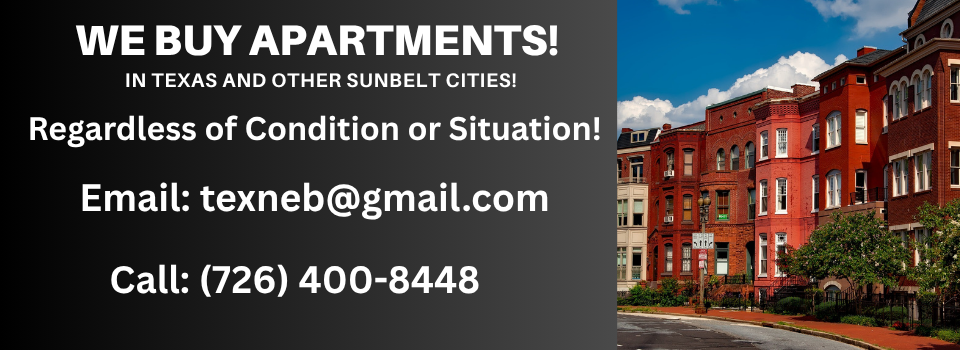Saving money through creative financing, good management or cost segregation is always a good thing. It doesn’t make any difference where the savings or increased value comes from, it only matters that you realize the gains. This blog will attempt to answer your questions about cost segregation.
Here’s a video that should help you understand cost segregation and I’ve answered some specific questions below. (Please note that I’m not endorsing the company represented in the video, but am referring to them for general information purposes only.)
http://www.youtube.com/watch?v=TWfz23lA2lA&feature=youtube_gdata_player
Cost Segregation (CS) – what is it? CS can help lower your business costs, and could also assist with jobs retention. The process involves a review of your business operations to separate items that are subject to long-term depreciation from those that are eligible for shorter-term depreciation through the IRS. For instance, your computer mainframe will not necessarily be subject to the same depreciation schedule as the ceiling, doors, fixtures, etc. Simply put, accelerating the asset depreciation on Federal taxes can save businesses money.
Depreciation through Cost Segregation is based on whether specific items (inside the building) were built pursuant to code requirements, or are for technology, service, treatment, aesthetic, or other purposes. Building-related items are typically subject to a 39-year depreciation schedule; non-code items can be eligible for five, seven, or 15-year depreciation. The result of segregating these costs could be significant for your business.
What types of properties qualify for cost segregation?
Real property eligible for cost segregation includes buildings that have been purchased, constructed, expanded or remodeled after December 31, 1986. Any size property will qualify. A study is typically cost-effective for buildings purchased or remodeled at a cost greater than $200,000.
When is the best time for a cost segregation study?
The best time for a cost segregation study is the year the property is placed in service by the current taxpayer, but it can also uncover retroactive tax deductions for older buildings which can generate significant short term benefits due to “catch-up” depreciation. Whether new construction or acquisition, it is generally most beneficial to maximize depreciation deductions from year one.
How much does a cost segregation study cost?
The classic answer is…it depends. The fee for a cost segregation study can vary greatly depending on the property type, size and complexity as well as the quality of the provider and their work product. The good news is that fees have come down considerably over the past four or five years. A study that would have cost $30,000 or more 5 years ago will probably price in the $10,000 – $12,000 range in today’s market.
How much should I expect to save with a cost segregation study?
It is not uncommon for a cost segregation study to generate hundreds of thousands or even millions of dollars in net present value savings. The average study will allocate, or reallocate in the case of a look-back study, anywhere from 20 – 40 % of the depreciable cost basis to a shorter life. For every $100,000 moved from 39-years to 5-years the 10-year net present value savings is approximately $28,000 (based on a 40% tax rate and a 6% discount rate). The 40-year net present value saving is approximately $20,000.
Hopefully, this blog has answered some of your questions about cost segregation. If this looks like it could work for you, I suggest that you discuss this with your accountant or if he can’t help you contact a specialist in this field. Sometimes our accountants aren’t as aggressive as we would like them to be. As you can see, this could cost you vital money and be the difference between a money making or losing investment.
As I say throughout my blogs, if I may be of assistance with your real estate questions please contact me. My way of giving back is to give away my knowledge. Thank you for reviewing this blog.
